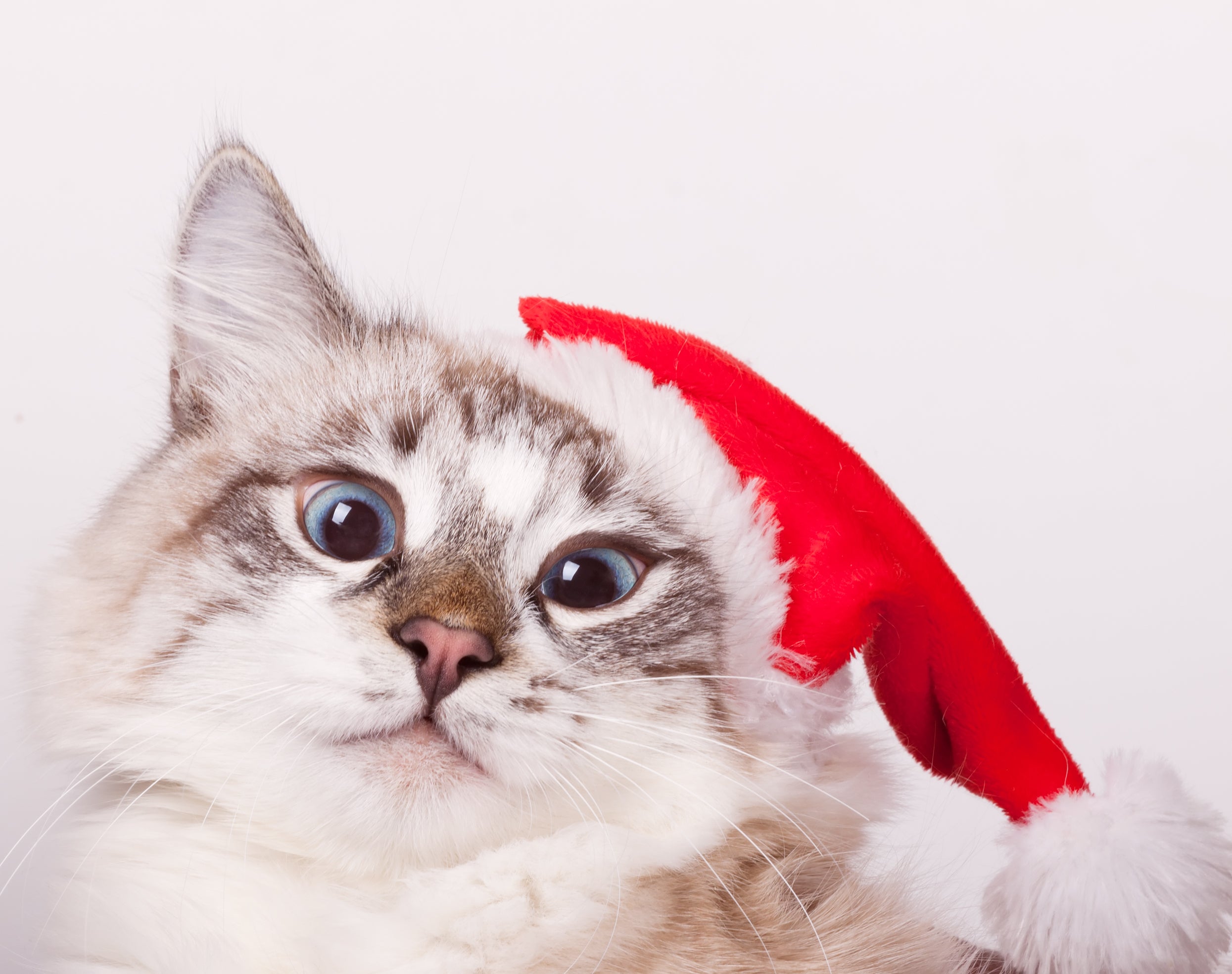What Is Pet Obesity And Why It Matters
How To Tell If Your Pet Is Overweight
Simple And Effective Ways To Maintain Your Pet's Healthy Weight
Is your cat curiously cuddly, and not just because of the fur? Pet obesity is a growing concern, especially among our feline friends. As we delve into this guide on preventing obesity in cats, we'll shed light on what's contributing to your cat's extra padding. We’ll discuss the not-so-obvious truths behind their weight gain, provide tips on how to determine if your cat is overweight, and offer enjoyable, straightforward methods for helping your cat slim down. Say goodbye to portion puzzles at feeding time or wondering why your cat has lost its pep. Prepare for a practical route to maintaining your cat’s health, vitality, and zest for life. Let's dive into keeping your purring companion in purr-fect shape!
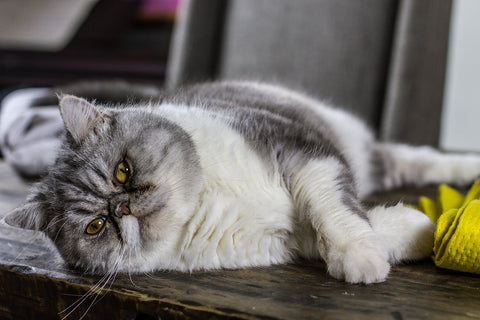
What Is Pet Obesity And Why It Matters
Understanding the importance of pet obesity prevention is key to ensuring a happy, healthy life for our furry friends. Pet obesity might not be the first thing you think of when you look at your snuggly companion, but it's a growing concern that's as serious as it is silent. Essentially, it's when our pets have so much body fat that it takes a toll on their health. Think of it as them carrying a backpack full of excess weight every day. It matters a lot because this isn't just about a few extra pounds but their overall well-being.
When pets are overweight, they aren't just slower to fetch or more cumbersome in their cat tree; they're at a higher risk for various health issues. It's like a domino effect; the extra weight can lead to diabetes heart disease and even shorten their lifespan. Imagine not being able to enjoy those heart-melting purrs or tail-wagging welcomes for as long as you could. That's why grasping the gravity of pet obesity is so crucial. It's about ensuring every leap, sprint, and snuggle lasts as long as possible.
Causes of Pet Obesity:
Understanding why pets become overweight is the first step in preventing and treating pet obesity. Several factors can contribute to this growing problem:
- Overfeeding: This is a major culprit. It's easy to overestimate portion sizes or to give in to those pleading eyes for extra treats. Like people, pets will gain weight if they consume more calories than they burn.
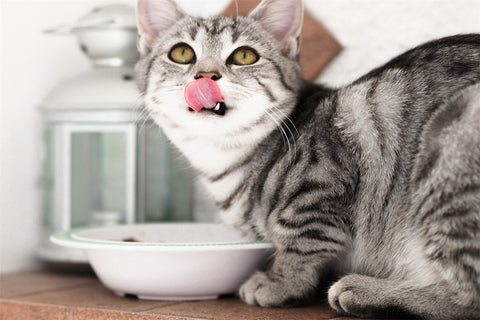
- Lack of Exercise:A sedentary lifestyle is another significant factor. Pets, especially indoor ones, often don't get enough physical activity to burn off the calories they consume.
- Breed Predisposition:Some breeds are more prone to weight gain than others. For example, Labrador Retrievers, Beagles, and certain cat breeds like the Domestic Shorthair are genetically more inclined to become overweight.
- Age and Metabolism:As pets age, their metabolism slows, and their activity levels decrease. This can lead to weight gain if their diet needs to be adjusted accordingly.
- Spaying/Neutering:While essential for pet population control and bringing numerous health benefits, these procedures can change a pet's metabolism and may lead to weight gain if their diet isn't monitored closely post-surgery.
- Medical Conditions:Certain health issues, such as hypothyroidism or insulinoma, can cause weight gain. It's important to rule out any medical reasons for obesity with your vet.
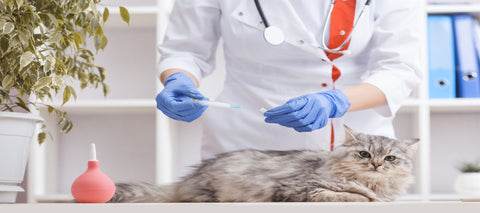
By identifying and understanding these causes, pet owners can be more effective in managing their pet's weight and overall health, making pet obesity prevention a more attainable goal.
How To Tell If Your Pet Is Overweight
Telling if your pet is overweight involves a mix of visual inspection and physical touch, along with knowing what to look for:
- Body Shape: View your pet from above. A healthy pet will have a noticeable waist. If your pet's back is broad and flat like a table, this could indicate they are overweight.
- Ribs Test: You should be able to feel your pet's ribs without a thick layer of fat over them. The ribs shouldn't be visible, but they should be easy to feel with a light touch.
- Profile Check: Look at your pet's profile; their stomach should be tucked up and not hanging down in a straight line with their chest.
- Lack of Energy: Often, overweight pets will display less energy. They might be reluctant to play or exercise and could seem lethargic.
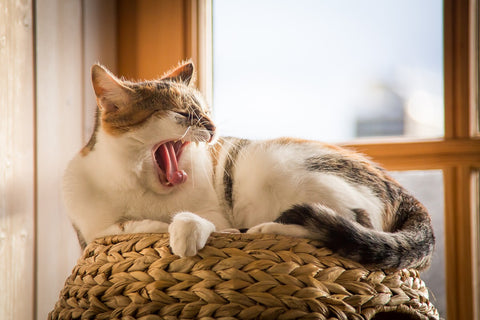
Remember, each pet breed has its ideal weight range, so what's normal for one might not be for another. If unsure, the best course of action is to consult your veterinarian. They can provide a more accurate assessment and help you with a tailored plan for pet obesity prevention.
Simple And Effective Ways To Maintain Your Pet's Healthy Weight
Keeping your pet at a healthy weight is crucial for their overall health and happiness. Here are some practical and easy-to-implement strategies to help your pet stay lean and active:
- Balanced Diet: Feed your pet high-quality food that suits their age, size, and activity level. Avoid overfeeding and adhere to the recommended portion sizes. Measure their food with a proper measuring cup instead of guessing.
-
Regular Exercise: Ensure your pet gets plenty of exercise. This means daily walks, and playtime in the park. Cats can be encouraged to move with toys, laser pointers, or climbing structures.

- Healthy Treats: Treats should be given in moderation and choose healthy options. Consider vegetables like small pieces of cooked meat for cats.
- Routine Check-Ups: Regular vet visits are essential. Your vet can help monitor your pet's weight and provide guidance on diet and exercise.
- Monitor Weight Regularly: Keep a close eye on your pet's weight. Small changes can be hard to notice daily, so regular weigh-ins can help track progress.
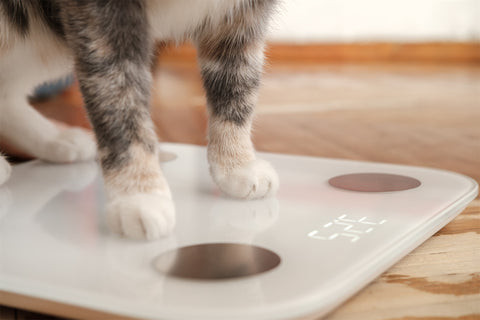
- Avoid Human Food: Many human foods are too rich and fatty for pets and can contribute to weight gain. Stick to pet-specific foods and treats.
- Interactive Feeding Toys: Use puzzle feeders or toys that make your pet work for their food. This not only slows down their eating but also provides mental stimulation and physical activity.
- Playtime and Engagement: Keep your pet active and engaged with regular play. This helps burn calories and is essential for their mental health.
- Set a Feeding Schedule: Consistent feeding times can help regulate your pet's appetite and avoid overeating.
- Educate the Family: Ensure everyone understands the importance of maintaining your pet's healthy weight and the rules about feeding and treats.
Wrapping Up
As we come to the end of our journey through the ins and outs of pet obesity prevention, it's not just about the tips and tricks; it's about a promise we make to our pets for their boundless loyalty and affection. Tackling pet obesity is about celebrating every wag and purr by ensuring those moments aren't cut short by preventable health issues. Let's embrace this mission with the same enthusiasm our pets greet us with at the door. We're not just pet owners; we're guardians of their well-being. So, let's pledge to keep those tails wagging on every walk, to keep the spring in their step as they pounce and play, and to cherish every shared sunrise and sunset. Together, we can lead the charge against pet obesity and ensure our pets have a full, vibrant life ahead.
